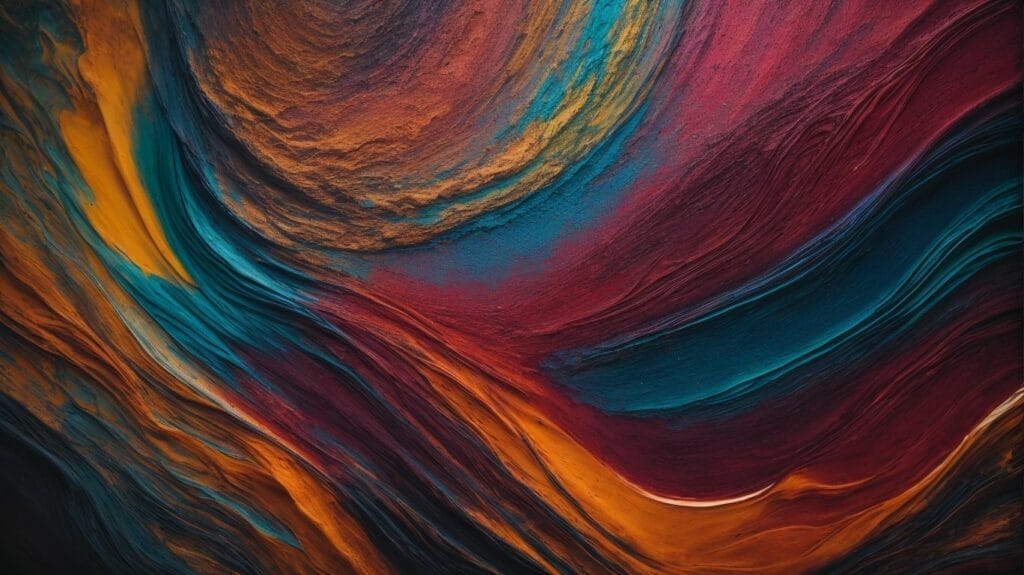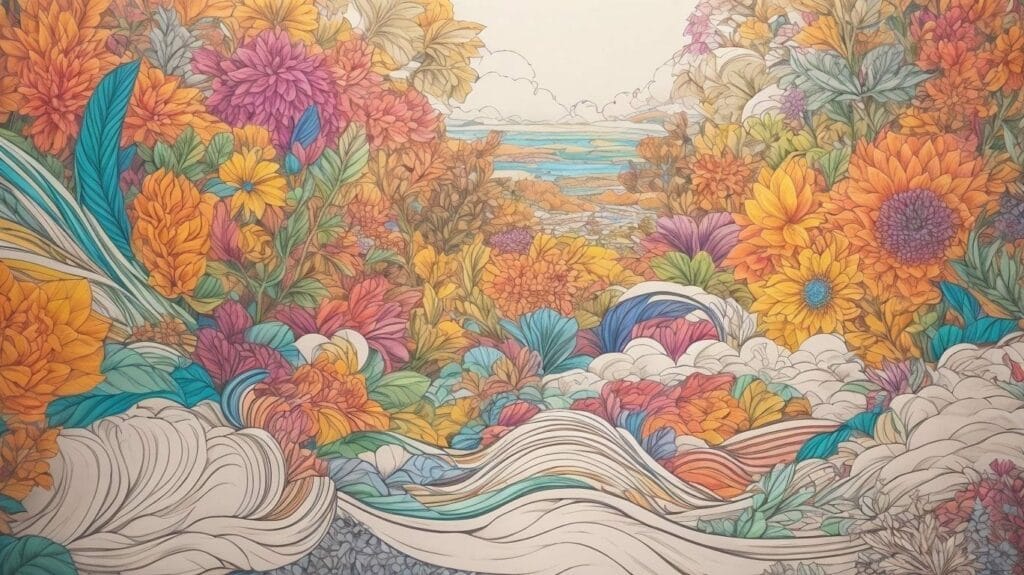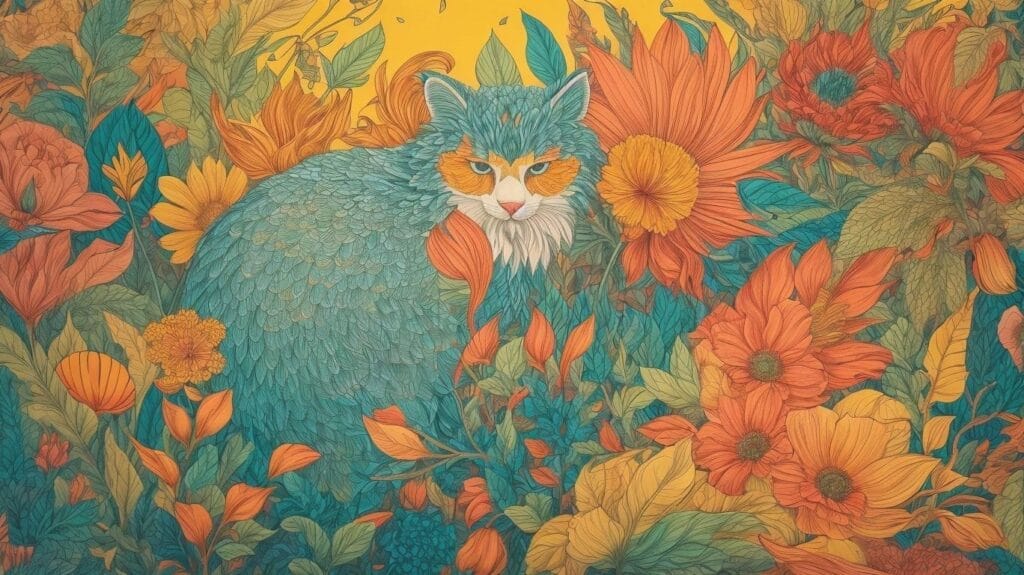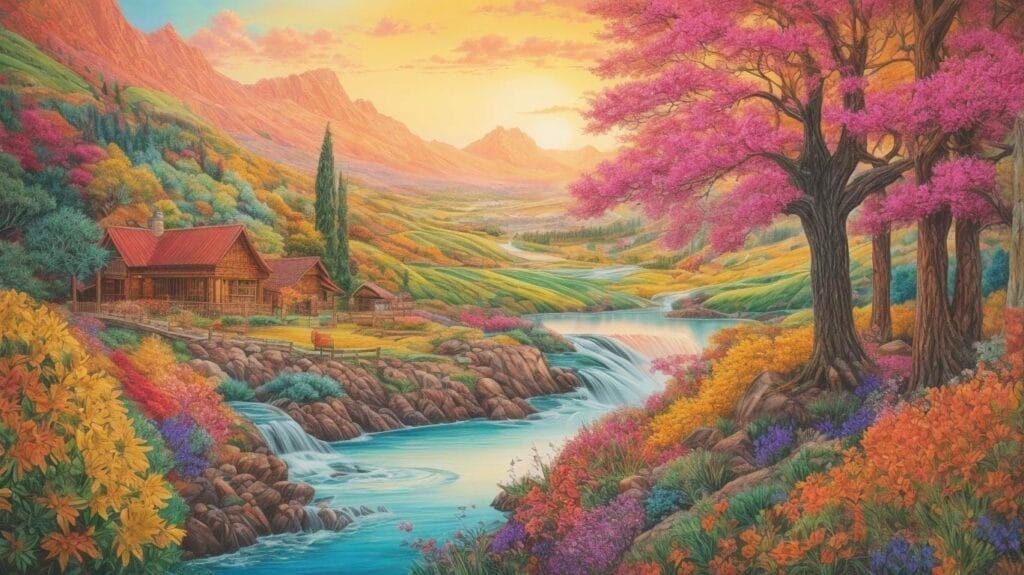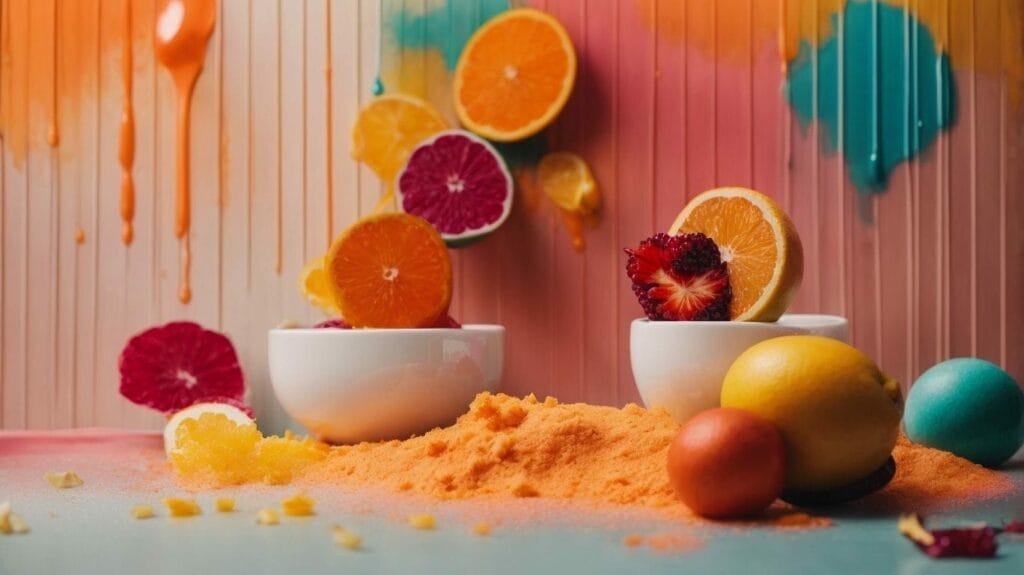Welcome to our comprehensive guide to color theory for advanced artists! In this article, we will delve into the intricacies of advanced color theories, explore the color wheel and various color schemes, and master the practical application of color composition. Whether you are a seasoned artist or someone looking to elevate your understanding of color, this guide will equip you with the knowledge and techniques to enhance your artwork.
We will start by unraveling the complexities of advanced color theories, including primary, secondary, and tertiary colors, as well as the RGB and CMYK color wheels. Then, we will delve into the world of color schemes, such as monochromatic, analogous, complementary, and triadic, providing you with a deep understanding of how to use these schemes in your art effectively.
As we progress, we will uncover advanced techniques in color composition, including the utilization of split complementary and triatic color theories, as well as exploring diad colors for enhanced compositions. Understanding warm and cool colors, creating balance and contrast in artwork, and recognizing the psychological effects of colors will also be integral parts of our exploration.
We will guide you through the practical application of color theory and the implementation of color management techniques. You will gain insights into color models, color spaces, accurate color descriptions, and the characterization, calibration, and conversion of devices, ensuring that your artistic vision is accurately represented.
By the end of this guide, you will have a firm grasp of advanced color theory and the tools to apply it effectively in your artistic endeavors. Whether you are a painter, graphic designer, or digital artist, understanding color theory is essential for creating impactful and visually stunning artwork. So, let’s embark on this colorful journey together!
Key Takeaways:
- Understanding advanced color theories and the color wheel is essential for creating dynamic and cohesive artwork.
- Utilizing advanced techniques such as split complementary and triatic color theories can add depth and interest to your compositions.
- Implementing color management techniques, such as accurate color description and calibration, can help ensure your artwork is represented accurately across various devices.
Introduction to Color Theory for Advanced Artists
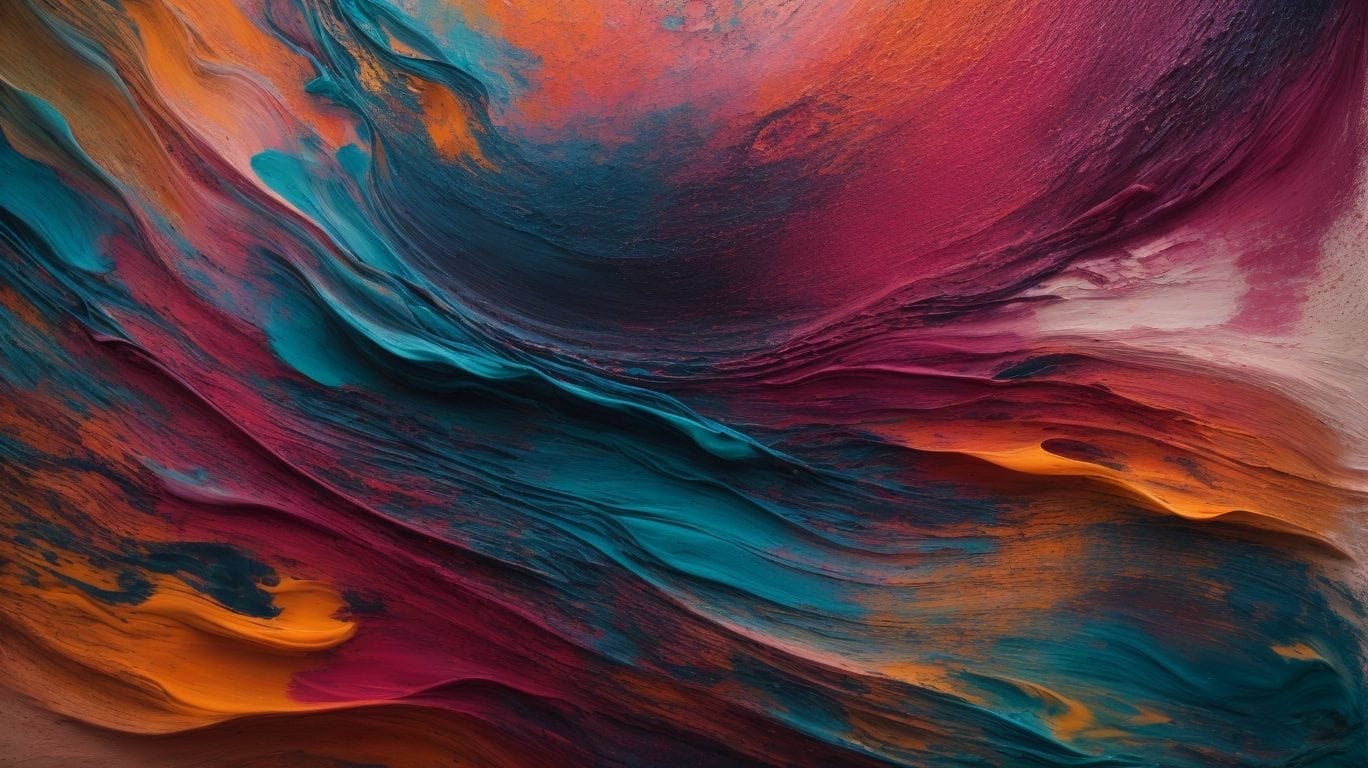
Credits: Loststorystudios.Com – Brandon Ramirez
Color theory is a fundamental concept in the world of art and design, providing artists with a comprehensive understanding of color and its application. Advanced artists delve deeper into color theory to explore its intricate principles and varied applications in their creative endeavors.
At an advanced level, color theory goes beyond primary, secondary, and tertiary colors to encompass the complexities of hue, value, and chroma. It involves understanding the psychological impact of colors, their cultural significance, and the interplay of warm and cool tones. Advanced artists leverage color theory to evoke specific emotions, create visual rhythm, and establish focal points in their compositions. They skillfully use complementary, analogous, and triadic color schemes to achieve harmony or contrast, lending depth and dimension to their artworks.
Understanding Advanced Color Theories
Understanding advanced color theories involves looking into the deeper complexities of color interactions, perceptions, and applications, offering advanced artists a nuanced perspective on the intricacies of color and its impact on visual compositions.
This exploration delves into the psychological and physiological responses to color stimuli, which are pivotal in creating visually impactful art. By understanding the principles of simultaneous contrast, where colors influence each other when placed side by side, artists can skillfully manipulate these interactions to evoke specific emotions or create optical illusions.
Additionally, color harmonies play a key role in balancing and enhancing visual compositions, with concepts like analogous, complementary, and triadic color schemes opening up a plethora of creative possibilities.
Exploring the Color Wheel and Color Schemes
The color wheel serves as a foundational tool for understanding color relationships. In contrast, various color schemes, including primary, secondary, and tertiary colors, offer advanced artists diverse options for creating harmonious and visually compelling compositions.
Understanding the color wheel and the schemes derived from it helps artists and designers effectively communicate emotions and messages in their work. Primary colors, comprising red, blue, and yellow, are the building blocks of all other colors, making them essential in any palette. Secondary colors, such as purple, green, and orange, result from mixing primary colors, while tertiary colors, like red-orange, blue-green, and yellow-orange, further expand the spectrum. These color schemes can impact the mood and perception of art and design, with complementary, analogous, and triadic being among the common ways to combine them.
Primary, Secondary, and Tertiary Colors
Primary, secondary, and tertiary colors form the cornerstone of color theory, offering a spectrum of hues and shades that contribute to the diverse palette available to advanced artists for their creative expressions.
RGB and CMYK Color Wheels
The RGB and CMYK color models offer distinct color wheels, each with unique properties and applications in digital and print media, providing advanced artists with versatile color options for their creative projects.
Monochromatic, Analogous, Complementary, and Triadic Color Schemes
Monochromatic, analogous, complementary, and triadic color schemes present advanced artists with a range of options for creating visually engaging color combinations, each offering unique harmonies and contrasts that enrich artistic compositions.
Advanced Techniques in Color Composition
Implementing advanced color composition techniques involves leveraging concepts such as split complementary and triatic color theories, enabling advanced artists to create visually dynamic and harmonious color arrangements in their artworks.
Split complementary color schemes typically involve using a base color and then choosing two colors that are adjacent to its complementary color. This creates an intriguing balance of warm and cool tones while maintaining visual interest.
On the other hand, triadic color schemes are formed by choosing three colors that are evenly spaced around the color wheel. This approach leads to vibrant and lively combinations, providing an excellent opportunity for artists to evoke different emotions and create striking visual compositions.
Utilizing Split Complementary and Triatic Color Theories
Leveraging split complementary and triatic color theories allows advanced artists to explore innovative color combinations that offer balanced contrasts and visual interest, elevating the overall impact of their artworks.
Exploring Diad Colors for Enhanced Compositions
Exploring diad colors presents advanced artists with an opportunity to enhance their compositions by leveraging pairs of colors that offer unique visual dynamics and cohesiveness, enriching the overall artistic impact.
Practical Application of Color Theory
The practical application of color theory involves understanding the nuances of warm and cool colors, looking into the psychological effects of colors and the principles of color harmony, and guiding advanced artists in creating impactful and emotionally resonant artworks.
Warm colors, such as reds, oranges, and yellows, tend to evoke feelings of warmth, energy, and passion. In contrast, cool colors, like blues, greens, and purples, are often associated with calmness, tranquility, and serenity.
Understanding color psychology allows artists to harness the emotional impact of different hues, influencing the viewers’ responses and perceptions of their artworks.
The skillful application of color harmony, including complementary, analogous, and triadic color schemes, enhances the visual appeal and coherence of artworks, creating a sense of balance and unity.
Understanding Warm and Cool Colors
Understanding the distinctions between warm and cool colors and their implications in color psychology enables advanced artists to evoke specific emotions and atmospheres in their artistic creations, adding depth and significance to their works.
Creating Balance and Contrast in Artwork
Creating balance and contrast in artwork involves leveraging color combinations and understanding the principles of color psychology to evoke visual harmony and impactful contrasts, elevating the overall aesthetic appeal of the artistic compositions.
Understanding the Psychological Effects of Colors
Exploring the psychological effects of colors offers advanced artists valuable insights into the emotional and perceptual impact of color combinations, enabling them to craft artworks that resonate deeply with their audiences.
Implementing Color Management Techniques
Implementing color management techniques involves understanding color models, color spaces, and the concepts of saturation, brightness, and hue, enabling advanced artists to describe and control the colors in their artworks accurately.
Color models such as RGB (Red, Green, Blue) and CMYK (Cyan, Magenta, Yellow, and Black) are fundamental to digital and print media, respectively. Understanding how color mixing works within these models is essential to achieve the desired hues.
Additionally, color spaces play a critical role in defining the range of colors a device or medium can reproduce, with sRGB and Adobe RGB being common examples.
Describing Color Models and Color Spaces
Color models and color spaces, including the RGB and CMYK color models, offer advanced artists a comprehensive framework for understanding and working with colors across digital and print media, providing them with precise control over color representations in their artworks.
Accurate Color Description and Color Gamut
Accurate color description and understanding of the color gamut, particularly within the Lab color model, enables advanced artists to comprehend chromaticity, lightness, and color opponency, enhancing their ability to manipulate and control colors in their artistic representations.
Characterization, Calibration, and Conversion of Devices
Characterization, calibration, and conversion of devices play a crucial role in color management, ensuring that the colors in advanced artists’ digital and print artworks are faithfully represented across various devices and mediums.
Conclusion and Next Steps
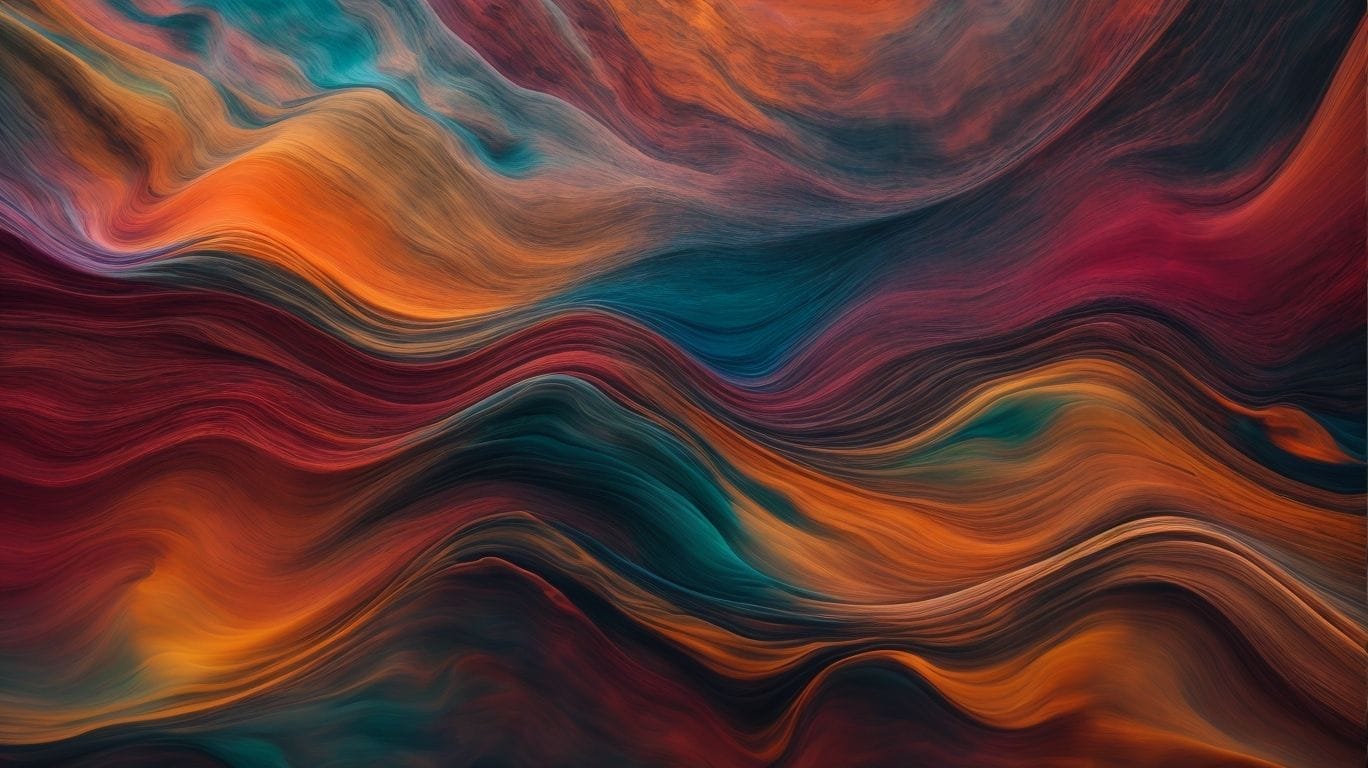
Credits: Loststorystudios.Com – Christian Johnson
Delving into advanced color theories and mastering color management techniques enables artists to create visually captivating and emotionally resonant artworks, laying the foundation for their continued exploration and innovation in the realm of color theory and artistic expression.
Understanding color harmonies, contrasts, and psychological effects of different hues provides artists with a powerful toolkit for evoking specific emotions and narratives through their work. By leveraging color management techniques, such as ICC profiles and color calibration, artists can ensure that the colors they envision are accurately reproduced across various digital and print mediums. This precision in color reproduction elevates the impact and integrity of their artistic vision, allowing audiences to experience the intended vibrancy and depth of their creations.
Advancements in color theory and technology have opened new frontiers for creativity, enabling artists to experiment with unconventional color palettes and textures, breaking free from traditional constraints and conventions. This liberation fosters a spirit of exploration and curiosity, driving artists to push the boundaries of color expression and redefine the possibilities within their artistic practice.
As artists continue to delve deeper into the nuances of color theories and embrace the potential of color management techniques, they embark on a journey of self-discovery and artistic evolution. Their ability to manipulate color with precision and intention not only enhances the visual allure of their creations but also enriches the storytelling and emotional impact embedded within each artwork. It is through this synergy of technical mastery and creative intuition that artists find themselves at the forefront of transformative artistic expression, shaping the future of color theory and its practical applications.”
Delving into advanced color theories and mastering color management techniques enables artists to create visually captivating and emotionally resonant artworks, laying the foundation for their continued exploration and innovation in the realm of color theory and artistic expression.
Understanding color harmonies, contrasts, and psychological effects of different hues provides artists with a powerful toolkit for evoking specific emotions and narratives through their work. By leveraging color management techniques, such as ICC profiles and color calibration, artists can ensure that the colors they envision are accurately reproduced across various digital and print mediums. This precision in color reproduction elevates the impact and integrity of their artistic vision, allowing audiences to experience the intended vibrancy and depth of their creations.
Advancements in color theory and technology have opened new frontiers for creativity, enabling artists to experiment with unconventional color palettes and textures, breaking free from traditional constraints and conventions. This liberation fosters a spirit of exploration and curiosity, driving artists to push the boundaries of color expression and redefine the possibilities within their artistic practice.
As artists continue to delve deeper into the nuances of color theories and embrace the potential of color management techniques, they embark on a journey of self-discovery and artistic evolution. Their ability to manipulate color with precision and intention not only enhances the visual allure of their creations but also enriches the storytelling and emotional impact embedded within each artwork. It is through this synergy of technical mastery and creative intuition that artists find themselves at the forefront of transformative artistic expression, shaping the future of color theory and its practical applications.
Frequently Asked Questions
What is a color theory for advanced artists?
Color theory for advanced artists is a set of principles and guidelines that help artists understand and use color effectively in their work. It is a more in-depth study of color than basic color theory and is often used by professional and experienced artists to create complex and visually striking pieces.
Do I need to know basic color theory before learning advanced color theory?
Yes, it is important to have a solid understanding of basic color theory before delving into advanced color theory. This includes knowledge of the color wheel, color relationships, and color mixing. Advanced color theory builds upon these concepts and takes them to a deeper level.
What are some common color schemes used in advanced color theory?
Some common color schemes used in advanced color theory include complementary, split complementary, triadic, and tetradic. These schemes use a combination of colors that create visual harmony and balance in a piece.
How can advanced color theory help improve my art?
Advanced color theory can help improve your art by giving you a deeper understanding of color and how to use it effectively. It can help you create more visually appealing and dynamic pieces by using various color relationships and color schemes.
Are there any famous artists who use advanced color theory in their work?
Yes, many famous artists throughout history have used advanced color theory in their work. Some notable examples include Vincent van Gogh, Henri Matisse, and Wassily Kandinsky. Their use of color was informed by their understanding of advanced color theory principles.
Where can I learn more about color theory for advanced artists?
There are many resources available for advanced artists to learn about color theory, including books, online courses, and workshops. It is also helpful to study the work of other artists and analyze how they use color in their pieces.
